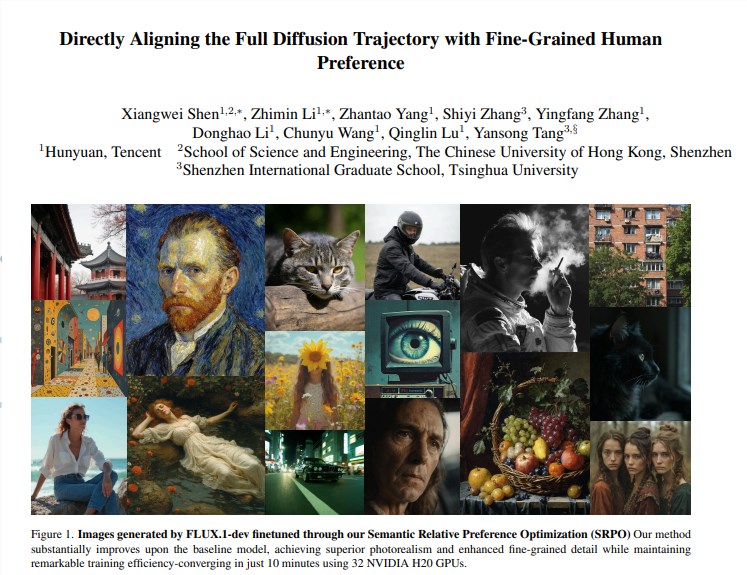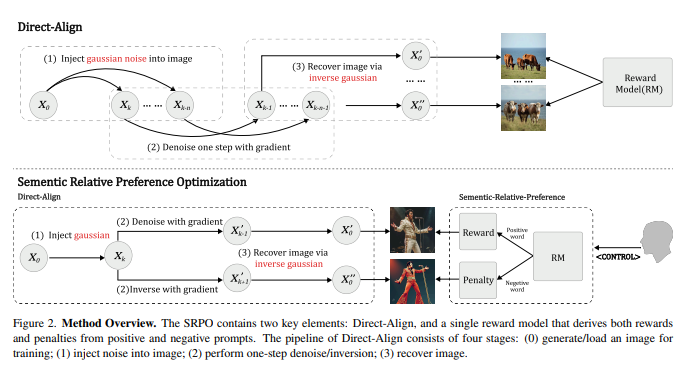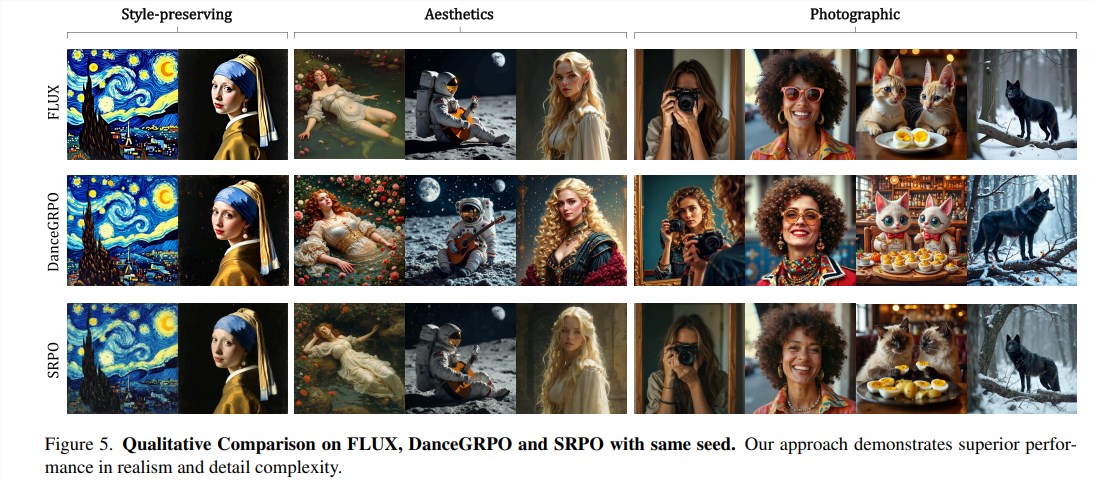Tencent's SRPO Tech Enhances AI Image Realism
Tencent's Breakthrough in AI Image Generation
Tencent's Hunyuan research team has developed Semantic Relative Preference Optimization (SRPO), a novel approach that significantly enhances the realism of AI-generated images. This technology specifically targets the unnatural "oily" appearance often seen in character skins produced by popular open-source models like Flux.
The Challenge of Realistic AI Images
As digital art gains popularity, the demand for high-quality AI-generated visuals has skyrocketed. However, current text-to-image models frequently produce character skins that appear unnaturally smooth and artificial - a phenomenon researchers describe as the "oily" effect.

How SRPO Works
The breakthrough came through collaboration between Tencent, Chinese University of Hong Kong (Shenzhen), and Tsinghua University. SRPO introduces semantic preference concepts by:
- Adjusting reward model objectives using control prompts (e.g., "realism")
- Implementing positive/negative word guidance to balance reward bias
- Employing Direct-Align strategy for better noise control
The team discovered that traditional methods focusing only on later generation stages caused overfitting. Their innovative solution injects controllable noise as reference points for reconstruction.

Remarkable Efficiency Gains
SRPO demonstrates unprecedented training efficiency:
- 3x improvement in realism/aesthetic scores
- 75x faster than conventional methods (just 10 minutes)
- Outperforms existing DanceGRPO approach
The technology's ability to optimize early generation stages prevents high-frequency information overfitting while maintaining precise reward signal transmission.

Future Implications
This advancement promises to revolutionize digital art creation by:
- Delivering more natural-looking character renders
- Reducing post-processing requirements
- Opening new creative possibilities for artists and developers
The research is publicly available on Tencent's project page.
Key Points:
- SRPO addresses the "oily skin" problem in AI-generated images
- Uses semantic preference optimization and Direct-Align strategy
- Achieves major quality improvements with minimal training time
- Potential to transform digital art and content creation workflows